How can an entire nation’s story be written in ash, stone, and fire? The tale of Taal Volcano is not just about eruptions and destruction—it’s about survival, transformation, and the deep, unbreakable bond between people and the land they call home. Nestled in the heart of the Philippines, Taal’s dramatic history is not buried; it rises in jagged layers, each one a reminder of both disaster and resilience. The volcano’s restless spirit has shaped landscapes, inspired legends, and left its mark on every generation living in its shadow. To understand Taal is to peer into the heart of the Philippines itself—a country forged by fire, rebuilt by hope, and continuously shaped by nature’s unpredictable hand.
The Birth of a Volcanic Giant
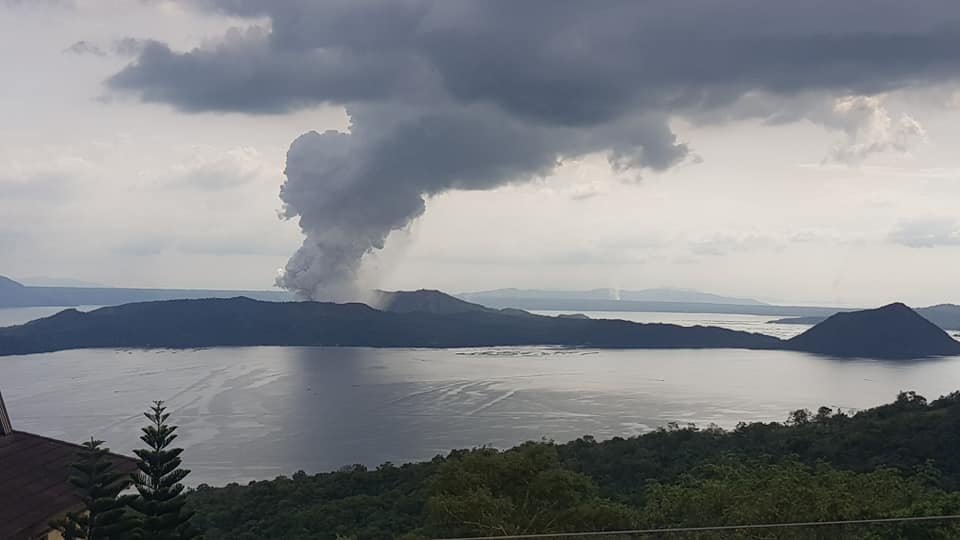
Taal Volcano sits on Luzon Island, quietly brooding in the middle of a serene lake. But looks can be deceiving. Scientists believe Taal began forming over 500,000 years ago, as magma from deep within the Earth found a weak spot in the crust. Over many centuries, lava, ash, and debris piled up, creating the volcano’s now-iconic shape. Unlike towering peaks, Taal is a complex volcano—its low, wide caldera was formed by repeated explosive eruptions that blew away the summit, leaving a lake-filled crater. Each eruption added new layers, one on top of the other, like the pages of a very old, very dramatic diary. These layers hold the secrets of Taal’s early days, and geologists continue to study them to piece together its violent beginnings.
Layers Written in Ash and Stone
If you could slice through Taal Volcano like a cake, you’d see a cross-section of history: thick bands of hardened lava, pale ash, and dark volcanic debris. Each layer tells a story of a specific eruption—some gentle, others catastrophic. Some layers are packed with pumice and scoria, evidence of violent explosions that sent rock and ash miles into the sky. Others are smoother, marking quieter times when lava oozed out and cooled slowly. Scientists read these layers like detectives, using them to date past eruptions and understand how Taal’s behavior has changed over millennia. These geological records are not just scientific curiosities—they’re warnings and lessons for the present and future.
The Devastating Eruption of 1754
One of Taal’s most legendary outbursts occurred in 1754, and its effects are still felt today. The eruption began in May and lasted for seven long months, spewing ash and rocks over a huge area. Entire villages vanished under thick layers of volcanic debris, and the once-thriving town of Sala was completely buried—its ruins still hidden beneath the surface. The eruption was so powerful that it reshaped the landscape, expanded Taal Lake, and altered the course of local rivers. Survivors fled and rebuilt farther from the volcano, their stories passed down as warnings to future generations. The 1754 eruption stands as one of the most destructive in Philippine history, a stark reminder of Taal’s might.
Living in the Volcano’s Shadow

Despite its dangerous reputation, people have always lived around Taal, drawn by fertile soil and abundant fish in the lake. Farmers plant crops in volcanic earth, knowing that what brings destruction also brings life. Fisherfolk ply the waters, even as steam rises from the crater island. Entire communities have grown up around the volcano, learning to read its signs and respect its moods. Local legends, songs, and folklore are steeped in volcanic imagery, reflecting a deep connection to the land and its unpredictable heart. Living with Taal means living with uncertainty—but also with a unique sense of belonging and resilience.
Scientific Sleuths and Modern Monitoring
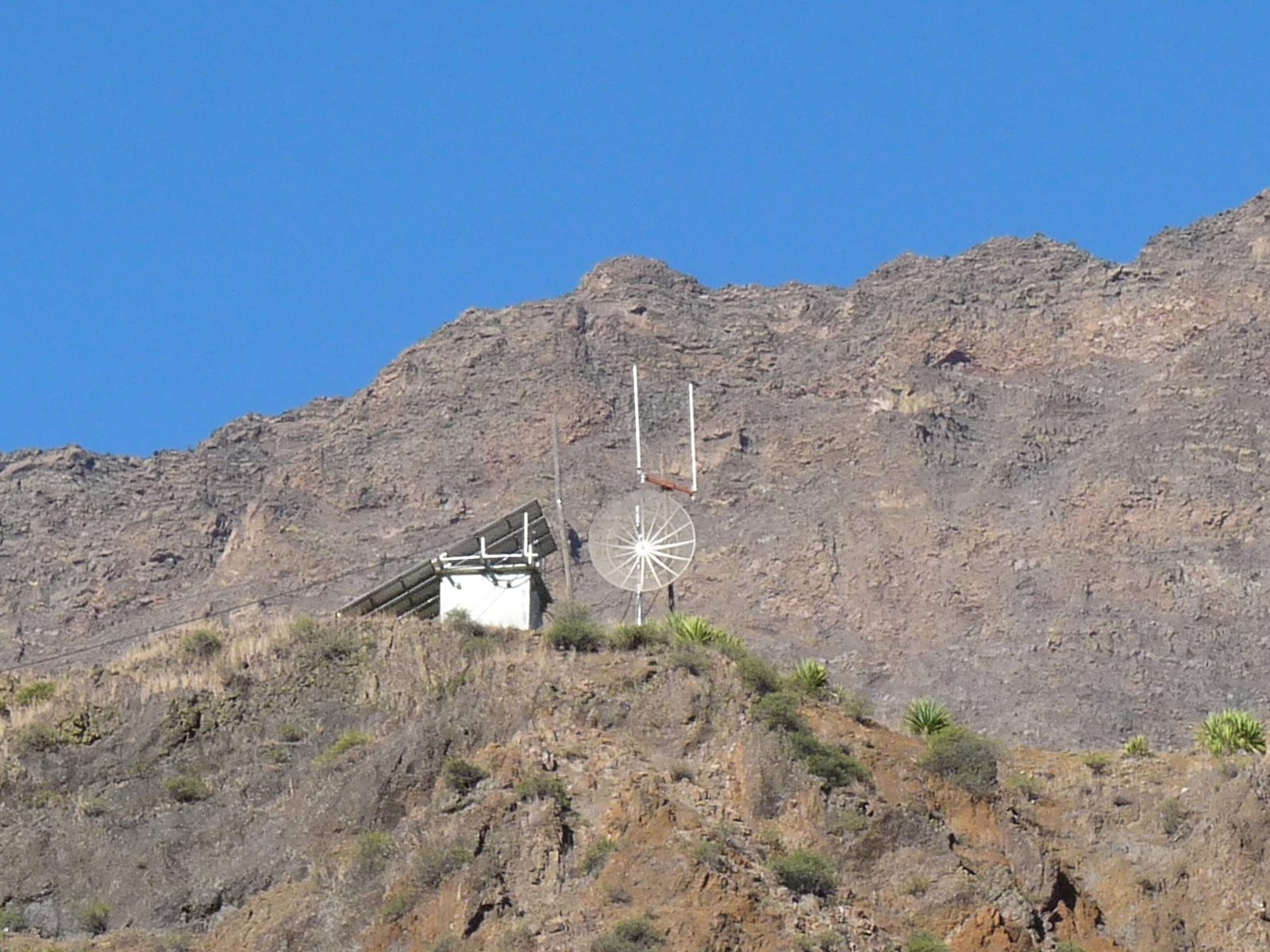
Today, Taal is one of the most closely watched volcanoes in the world. Scientists from PHIVOLCS (Philippine Institute of Volcanology and Seismology) use high-tech equipment to monitor earthquakes, gas emissions, and ground deformation around the volcano. Every rumble and tremor is analyzed, and warning systems are in place to alert residents when danger looms. Satellite images, drones, and sensors provide real-time data, helping experts predict possible eruptions. This vigilant monitoring saves lives, but it also highlights just how active and unpredictable Taal remains. Science and technology are the new guardians, working alongside traditional knowledge to keep communities safe.
The Eruption of January 2020
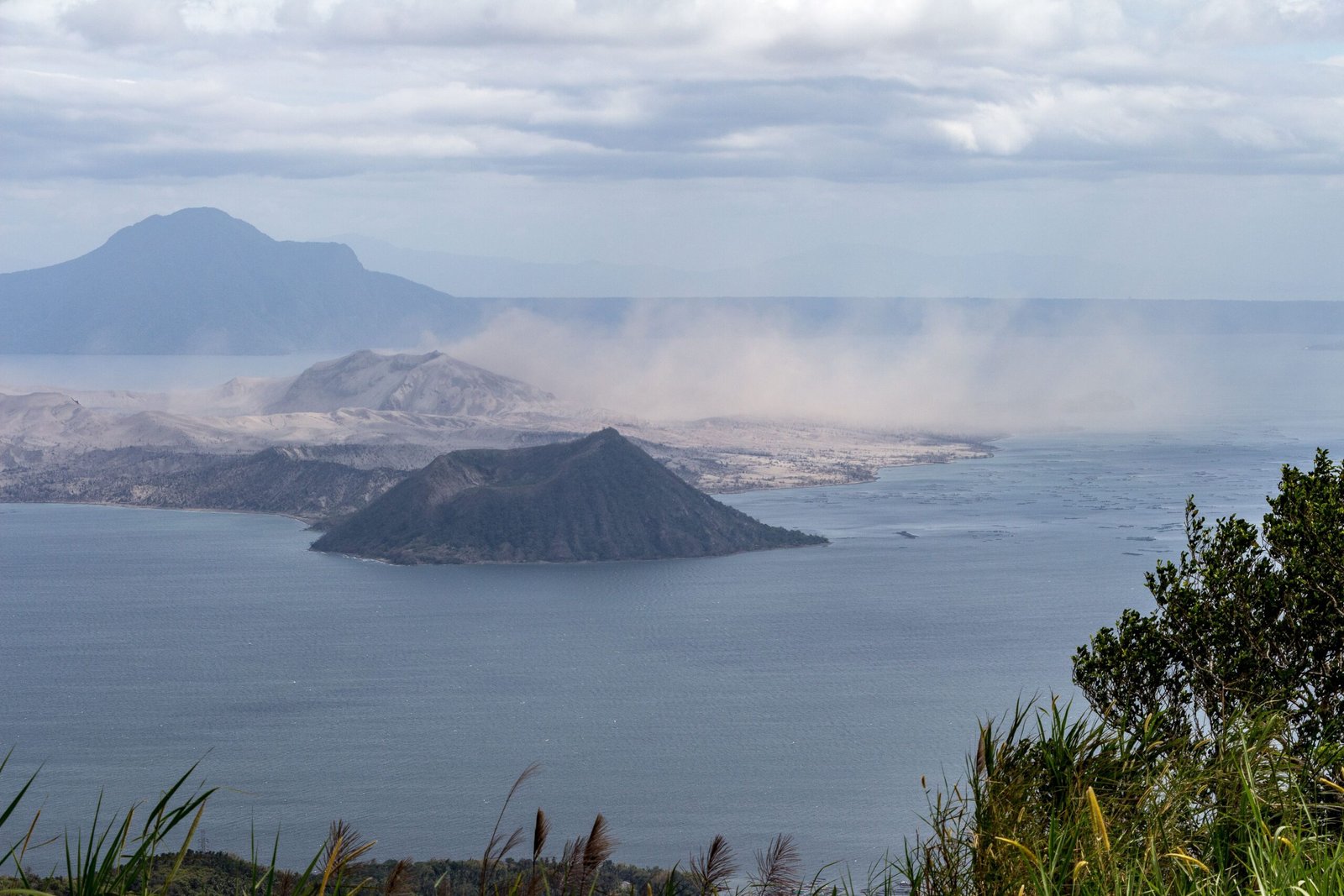
In January 2020, Taal reminded the world that its power is far from spent. The eruption sent a mushroom-shaped ash plume 15 kilometers into the sky, turning day into night in nearby towns. Ashfall blanketed homes, roads, and crops, forcing tens of thousands to evacuate. The event disrupted flights, closed schools, and left a trail of destruction in its wake. Yet, amid the chaos, acts of courage and solidarity shone—neighbors helped each other evacuate, and volunteers rushed to provide aid. The eruption was a stark wake-up call, emphasizing the need for constant vigilance and preparedness in the face of nature’s fury.
How Taal Shapes the Filipino Spirit
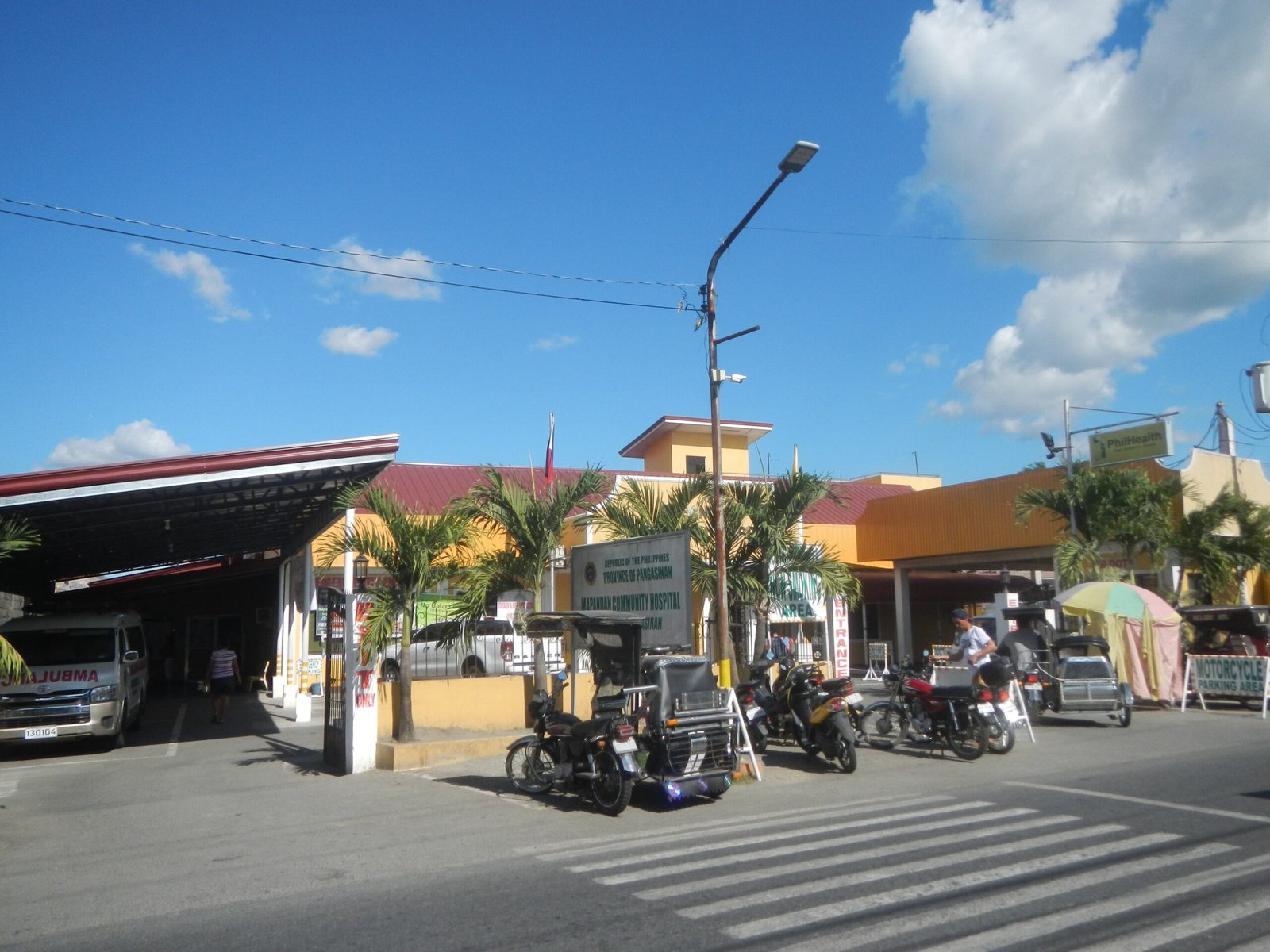
Taal’s eruptions have left more than just physical scars—they’ve forged a culture of adaptation and unity. Filipinos living near the volcano are known for their resourcefulness and strong community ties. Every eruption is met with a mix of fear, respect, and even humor—stories are shared, songs are sung, and life goes on. This resilience is a defining trait, seen not just in times of disaster, but in everyday acts of kindness and cooperation. The volcano’s presence is a constant reminder that life is fragile, but also precious and worth fighting for.
Legends and Lore: Taal in Filipino Mythology
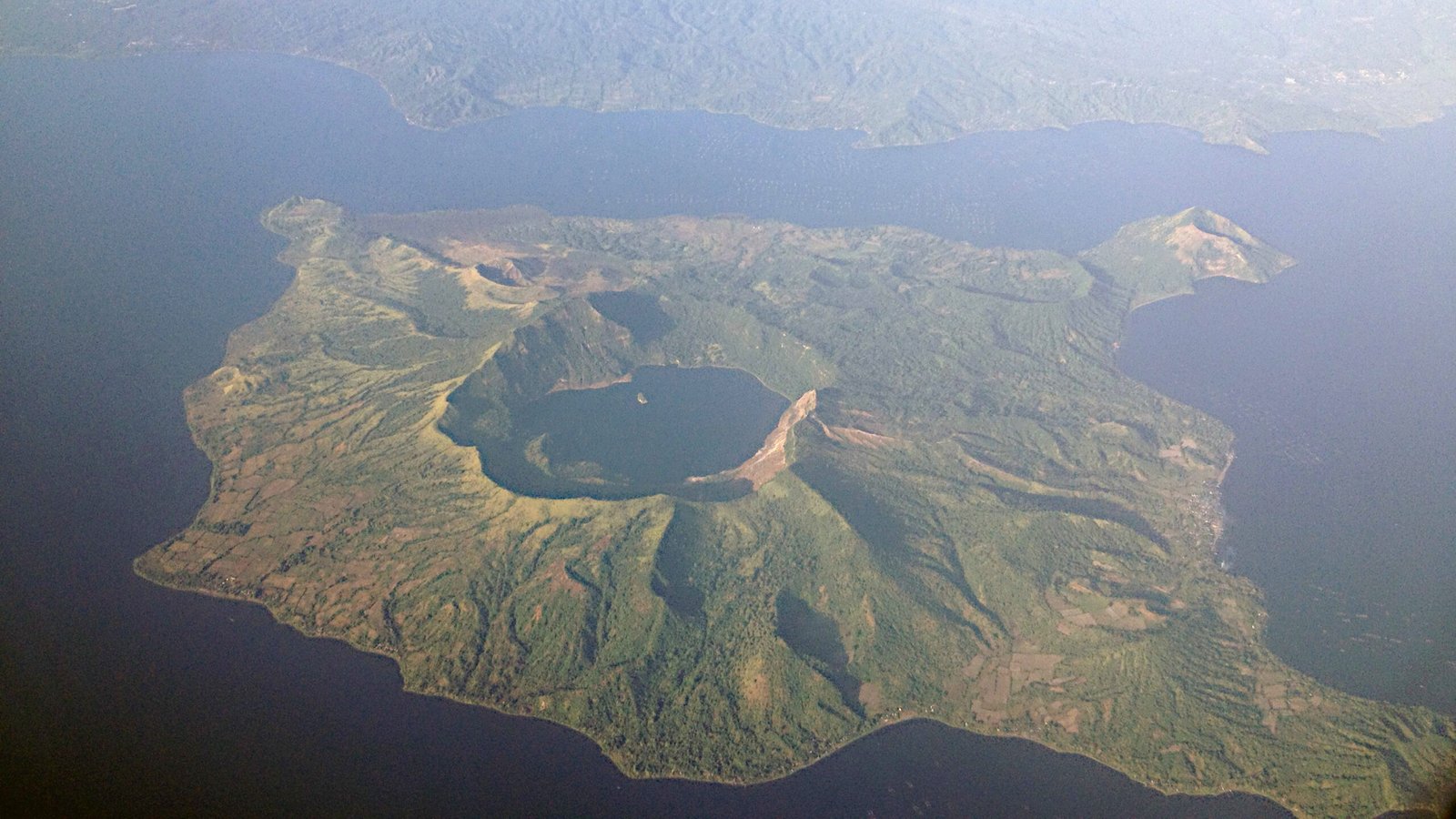
Taal is not just a geological feature—it’s a character in countless Filipino stories and legends. Some say the volcano is guarded by spirits, while others tell of a giant serpent sleeping beneath its crater. Folktales often blend fact and fantasy, using Taal as a symbol of both danger and protection. These stories are passed down through generations, woven into local festivals and rituals. For many, the volcano is a living being, deserving of respect and offerings. The myths surrounding Taal add a layer of mystery to its already dramatic presence, connecting past, present, and future in a tapestry of shared memory.
The Volcanic Landscape: Beauty and Danger
Taal’s surroundings are breathtaking—a serene lake dotted with islands, lush greenery, and dramatic skylines. Tourists flock to see the volcano’s simmering crater and take boat rides across the lake. But beneath this beauty lies a constant threat. Steam vents hiss, and the ground sometimes shudders unexpectedly. Guides remind visitors to tread carefully, as the landscape can change overnight. This combination of danger and allure makes Taal unique—a place where you can witness the raw power of nature up close, and where every breathtaking view is tinged with a sense of awe and caution.
Taal’s Legacy in Filipino Culture and Art
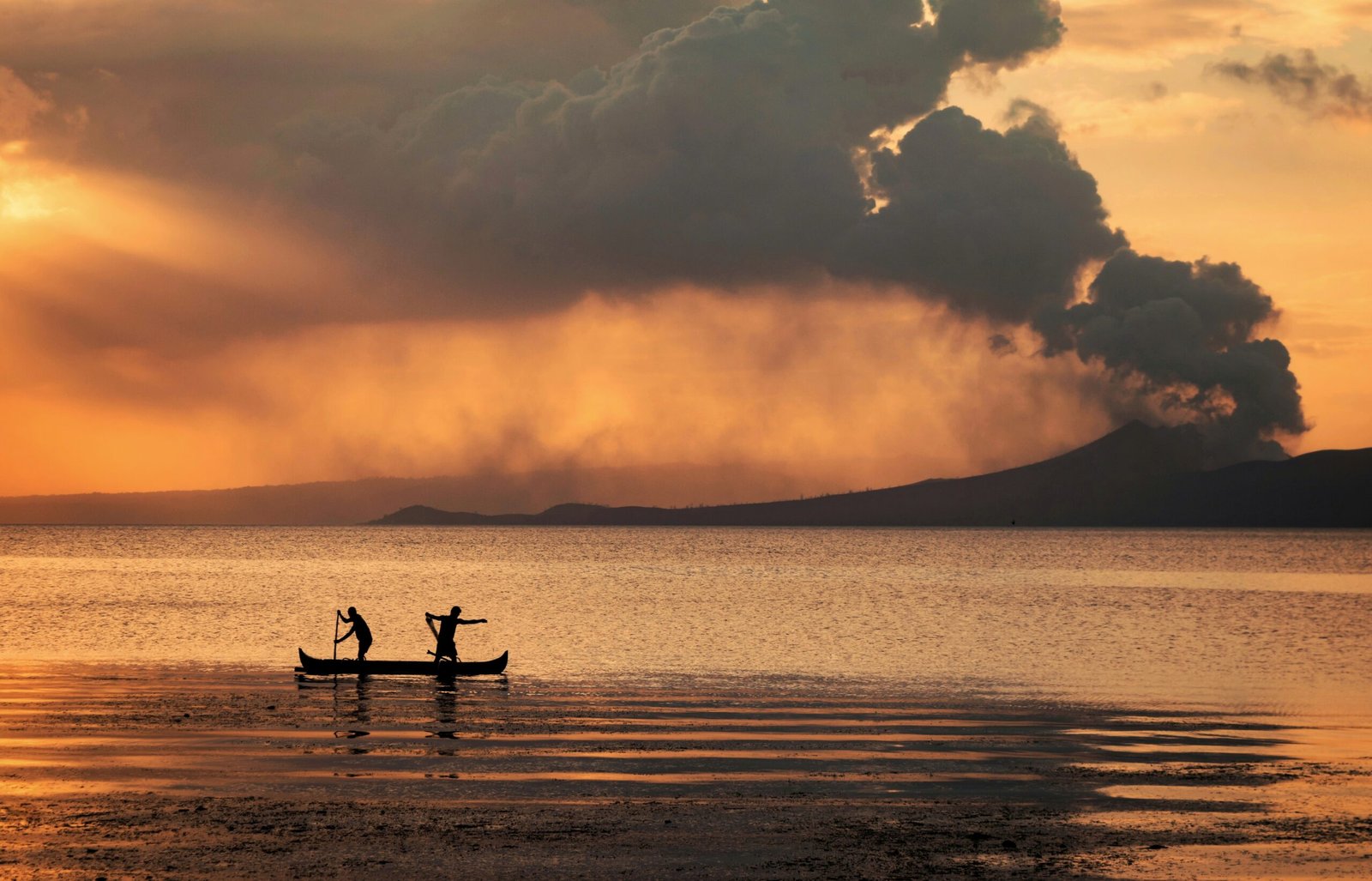
Artists, writers, and musicians have long drawn inspiration from Taal. Paintings capture its dramatic silhouette against fiery sunsets, while poems and songs evoke its moods and mysteries. The volcano appears in literature as both a villain and a muse, representing the challenges and hopes of the Filipino people. Even local crafts and cuisine are influenced by Taal’s presence—the famous “tawilis” fish, found only in Taal Lake, is a culinary treasure. Through art and culture, the story of Taal is told and retold, ensuring that its legacy endures far beyond the boundaries of science and history.
Preparing for the Future

With every eruption, the people around Taal are reminded that preparedness is key. Schools teach children how to react during ashfall, and families keep emergency kits ready. Local governments run drills and maintain evacuation routes, while scientists constantly refine their predictions. The lessons of the past—visible in every layer of volcanic rock—guide present-day decisions. The community’s ability to adapt and learn is a testament to the enduring human spirit. As the world faces increasing natural disasters, Taal stands as both a warning and an example of how to coexist with nature’s unpredictable forces.
Taal Volcano’s story is not just about destruction—it is a living testament to endurance, adaptation, and the power of nature to shape both land and life. Each layer of ash and stone is a chapter in the ongoing history of the Philippines, a reminder that even in the face of overwhelming odds, hope and resilience can rise from the depths.



